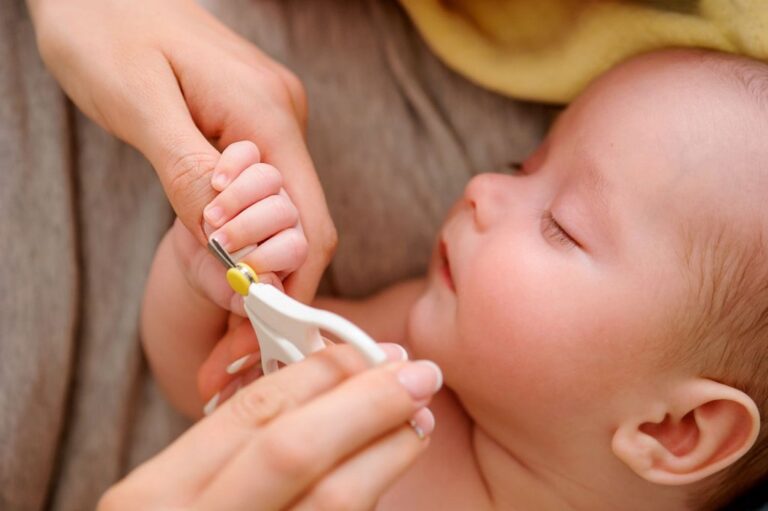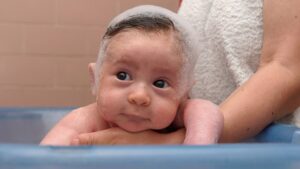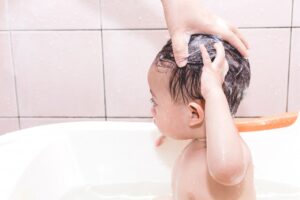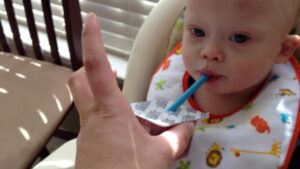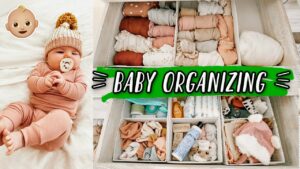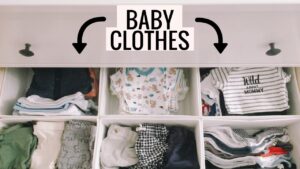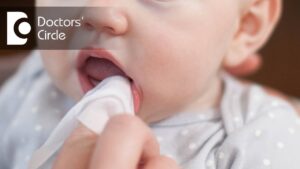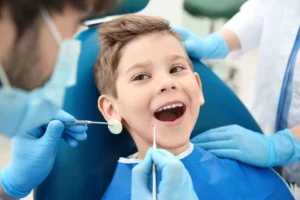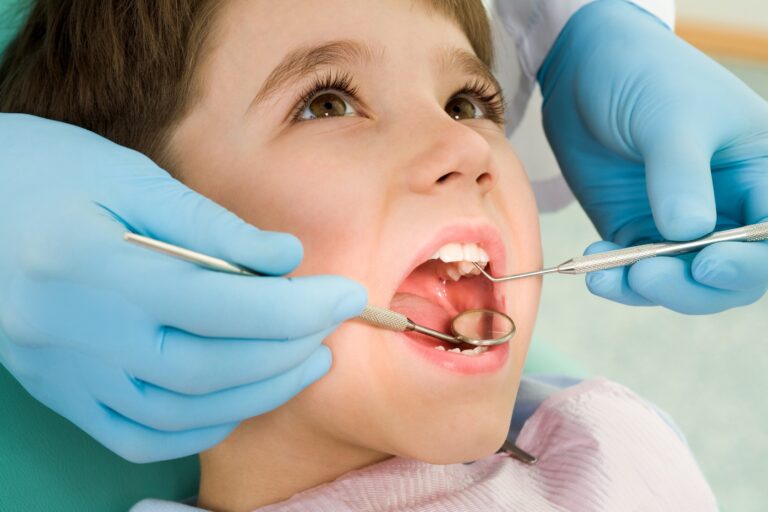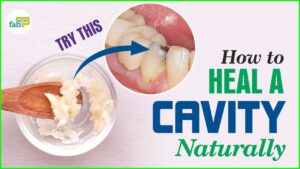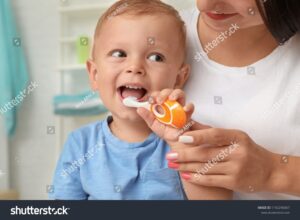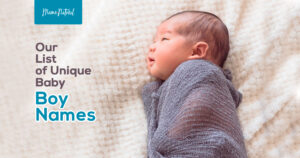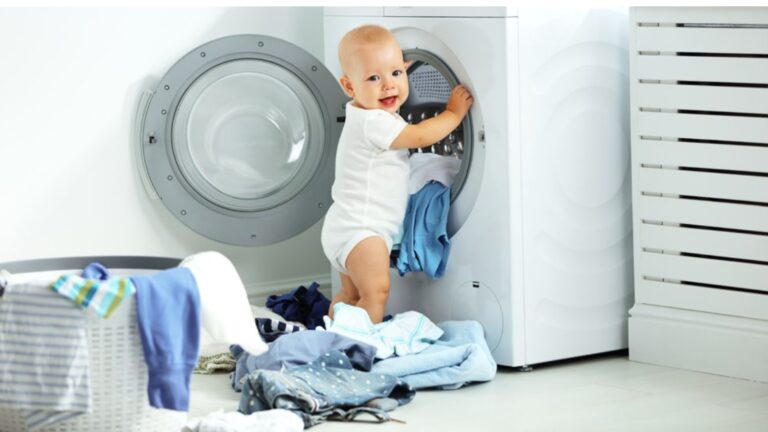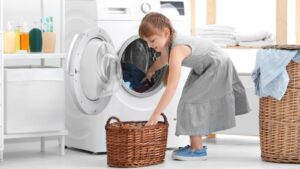Introduction
Cutting your baby’s nails for the first time can feel like navigating uncharted waters. With their tiny, delicate fingers and surprising strength, this task might leave you feeling nervous. Fear not! With the right techniques, tools, and patience, you can easily master the art of trimming baby nails while keeping them safe and comfortable.
Why Baby Nail Care Is Crucial
Babies are born with soft, fast-growing nails. While they may look harmless, those tiny nails can be surprisingly sharp. Left untrimmed, they can cause scratches on your baby’s sensitive skin and even lead to infections. Regular nail trimming keeps your baby comfortable and reduces the risk of accidental injuries.
When Should You Start Trimming Baby Nails?
Parents often wonder when it’s safe to cut a newborn’s nails. The answer? As soon as needed! Most babies have nails that grow rapidly from birth. You might notice them getting long within the first week. If your baby’s nails are sharp or overgrown, it’s time to trim.
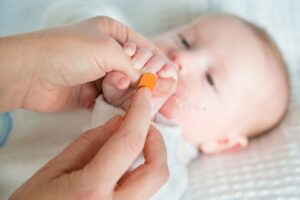
Tools You’ll Need for Baby Nail Care
1. Baby Nail Clippers or Scissors
Specialized baby nail clippers and scissors are designed with rounded edges to minimize the risk of accidents. Always choose high-quality, baby-safe tools.
2. Nail Files
Emery boards or glass nail files are gentle alternatives for smoothing sharp edges. These are especially useful for newborns with very soft nails.
3. A Comfortable Seat and Good Lighting
Having clear visibility and a steady hand is crucial. A well-lit room and a comfortable position will make the task much easier.
Step-by-Step Guide to Cutting Baby Nails
1. Pick the Right Time
Timing is everything. The best time to cut baby nails is when your little one is calm or asleep. A sleeping baby is less likely to squirm, making the process safer and more manageable.
2. Wash Your Hands and Tools
Clean hands and sanitized tools are essential to prevent infections. Wipe the clippers or scissors with rubbing alcohol before use.
3. Hold Their Hand Firmly But Gently
Hold your baby’s hand steady to prevent sudden movements. Use your fingers to gently push back the fingertip skin from the nail to avoid accidental nicks.
4. Follow the Natural Curve
Cut the nails following their natural curve, leaving no sharp edges. Avoid cutting them too short, as this can expose the nail bed and cause discomfort.
5. Smooth Out Rough Edges
After trimming, use a nail file to smooth out any sharp corners. This step ensures your baby’s nails are safe and prevents scratches.
Tips for a Stress-Free Nail Trimming Experience
1. Trim After a Bath
A warm bath softens the nails, making them easier to cut. Plus, your baby is likely to feel relaxed post-bath.
2. Use Distraction Techniques
If your baby is awake, engage them with a favorite toy or a soothing song to keep them calm and still.
3. Keep Sessions Short
Don’t rush to cut all ten nails in one go if your baby gets fussy. Break the task into smaller sessions if needed.
4. Enlist a Helper
If you’re nervous or your baby is particularly wiggly, ask another adult to help hold the baby’s hand steady.
What to Do If You Accidentally Nick the Skin
Despite your best efforts, accidents can happen. If you nick your baby’s skin:
- Stay Calm: Panicking can distress your baby.
- Apply Pressure: Use a clean cloth or tissue to apply gentle pressure until the bleeding stops.
- Clean the Area: Wash with warm water and mild soap to prevent infection.
- Avoid Bandages: Babies often put their hands in their mouths, so avoid using bandages that could pose a choking hazard.
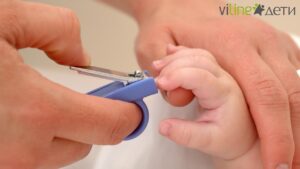
Common Mistakes to Avoid
- Using Adult Tools: Never use adult nail clippers, as they’re too large and can cause injuries.
- Ignoring Sharp Edges: Always file nails after trimming to avoid scratches.
- Cutting Too Short: Leave a small white edge to avoid exposing the sensitive nail bed.
FAQs on Cutting Baby Nails
1. How Often Should I Cut My Baby’s Nails?
Babies’ nails grow rapidly and may need trimming 1-2 times a week. Toenails grow slower and can be trimmed every couple of weeks.
2. Can I Bite My Baby’s Nails Instead of Cutting Them?
Biting nails is unhygienic and can introduce bacteria, leading to infections. Always use proper tools.
3. Are Electric Baby Nail Trimmers Safe?
Yes, electric trimmers with safety features are safe and convenient for babies. They’re accommodating for smoothing nails without sharp edges.
4. Should I Cut My Baby’s Nails While They’re Awake or Asleep?
Cutting nails while your baby is asleep is generally easier and safer, as they’re less likely to squirm.
5. What if My Baby’s Nails Are Too Soft to Cut?
Use an emery board to file the nails gently instead of cutting them.
Conclusion
Caring for your baby’s nails doesn’t have to be daunting. With the right tools, timing, and techniques, you can keep your baby’s nails neat and safe without a fuss. Remember, practice makes perfect, so don’t hesitate to try again if the first attempt feels challenging. Nail care is just one small part of ensuring your baby’s overall health and comfort.

